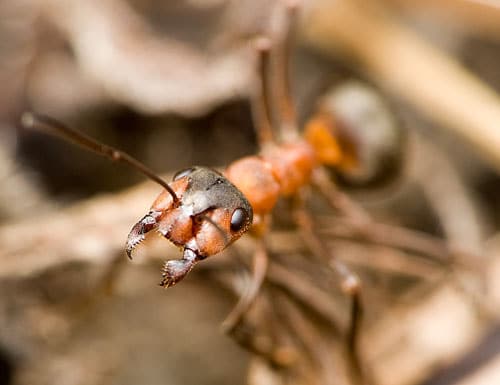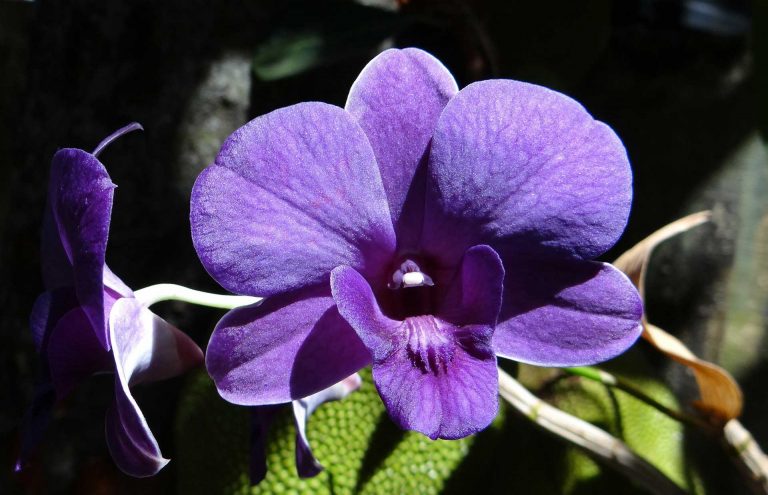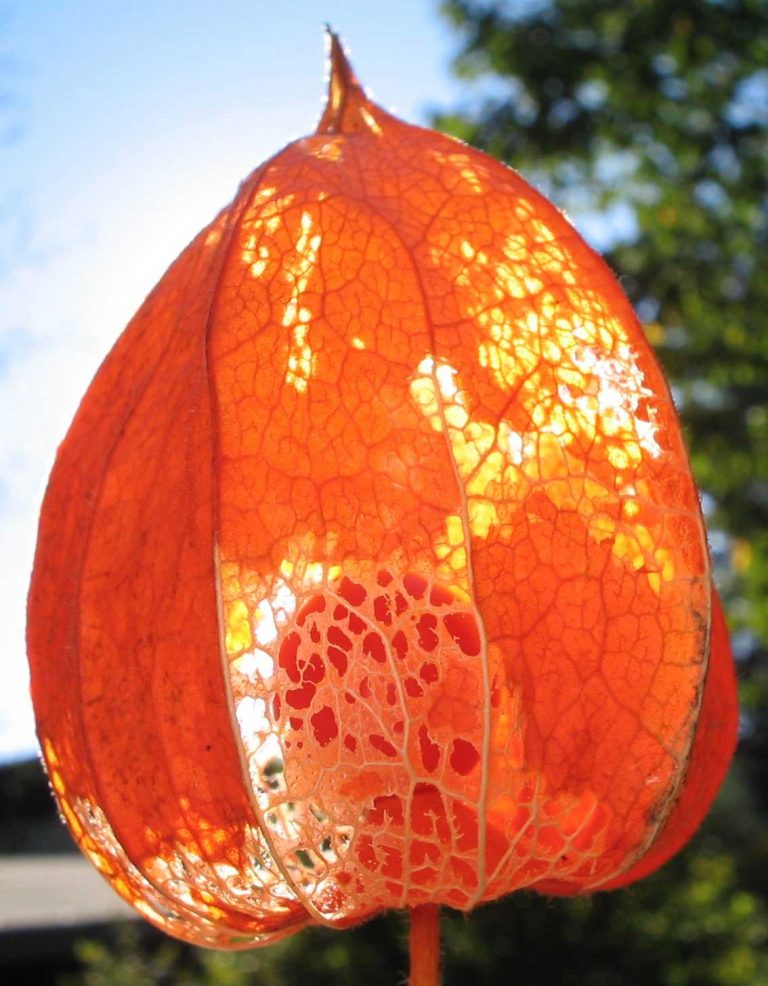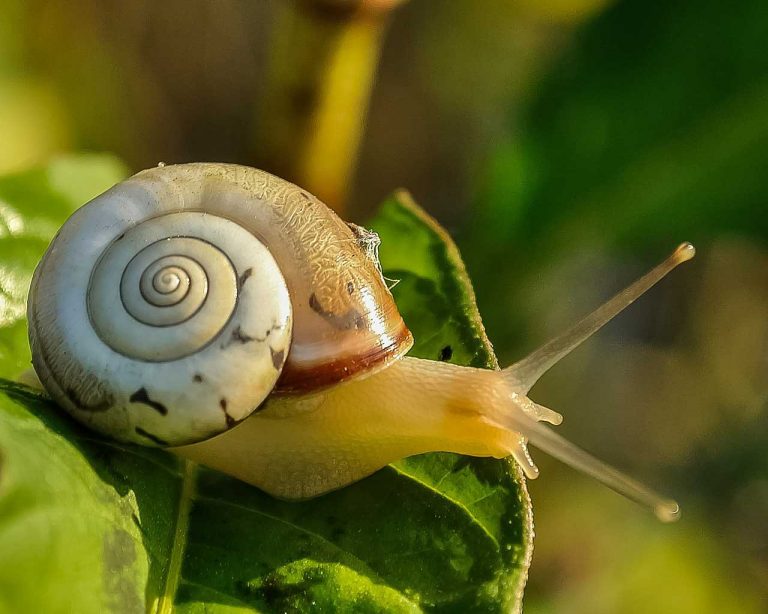Cabbage
Scientific Classification
| Kingdom: | Plantae |
| (unranked): | Angiosperms |
| (unranked): | Eudicots |
| (unranked): | Rosids |
| Order: | Brassicales |
| Family: | Brassicaceae |
| Genus: | Brassica |
| Species: | B. oleracea |
| Binomial name: | Brassica oleracea |
Cabbage is a green covered or purple vegetable, Brassica oleracea, or its variants, harvested as an annual vegetable crop. Belonging from the cole family, like broccoli, Brussel sprouts or cauliflowers, it is a worthy descendant of the dense field cabbage, B. Oleracea var. Oleracea.
Anatomy
Usually, cabbage heads range between 0.5-4 kg, and are of various colors; white, green or purple. While you can easily get smoother-leafed heavy cabbages, the red and crinkle-leafed cabbages are rare. Cabbages have multi layers and is a nutritious vegetable and is a favorite salad ingredient.
Habitat
The exact history of cabbage is unknown, but most probably, it saw its introduction into Europe before 1000 BC, even though it was not well-developed till the 16th century. It gained the popularity during the Middle Ages.
GROWING AT HOME
Soil for Planting
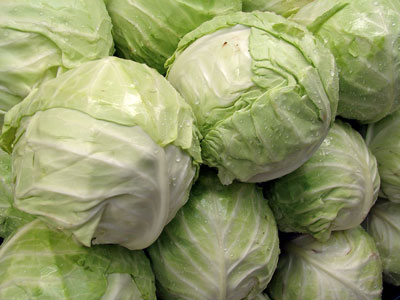
Photo by: Forest & Kim Starr
Sandy loam soil is favorable for young cabbages, while the mature plants enjoy a heavy soil that can successfully retain moisture for a long time. You should side-dress the seedlings with rich compost after three weeks of planting. You should remove the weeds with your hands to make sure that you leave the shallow roots untouched. Mulch often to help the soil to drain moisture.
Planting
You should plant the seedlings a bit deeper than you did indoors, with a gap if 6-12 inches and in rows, 1-2 feet apart. The small early cabbages are delicious, but leave more spaces between if you want to grow big heads. For both, maintain a gap of 6 inches and pluck the alternate ones as soon as they mature. To enjoy a longer harvest, pluck them after an interval of 2 weeks.
Stagger plantings in 2-week intervals for a longer harvest.
Watering
Watering the soil evenly is essential to avoid spurt growth, which encourages splitting of heads. In case you find cracking of cabbage heads, spin the plant a half turn and apply a little force to pull and loosen the roots, thereby slowing down the growth. Trim the roots with a spade, in one or two areas, about 6 inches down the stem. This will also restrict bolting. Continuous wetting of the leaves leads to diseases, thus do not wet the leaves in cool weather or high humid weathers. Lessen water supply with the cabbages maturing.
Temp and Humidity
Cool weather facilitates cabbage growth.
Care
In case you notice the leaves paling or turning yellow, offer a nitrogen boost in the mid-season with the aid of compost tea. This is also helpful for slow growth of crops and maturing in hot weather or in case of excessive cold.
Pest and Pesticides
Cabbage maggots, Loopers, cutworms and important cabbage worms may attack the crops. A tiny insect, black in color with red marks, known as harlequin bug tends to develop black spots and wilting of leaves, which you can prevent by picking with hands or application of insecticidal soaps. The slugs often chew worn out holes in the leaves.
A fungal disease which develops dark spots on stems or leaves is Black leg. The symptoms of Black rot disease are black and filthy smelling of veins. The club roots strictly restrict absorption of nutrients and water. Yellows or Fusarium wilt turns the leaves yellow with stunted heads. You should destroy these plants.. PH testing is mandatory in the case of club roots in the garden. Limestone can help in raising the pH values to 6.8.
You would do well to avoid planting of cabbage, kale and similar crops in the same area every year to restrict disease formations. You can do this by planting a non-cole crop for about 2 years in between.
Harvest Month and Storage
You can use sharp knives for ripping the heads in case they are too rigid. Do not disturb the stalks and roots in you want to generate delicious tasting small cabbages. The Brussel like sprouts are edible, or you can leave them to grow as secondary crops bearing small heads. Just produced cabbage tastes delicious, but the cultivators of the late season should store the same in a cool, and humid place about 32-40 F as long as for 5-6 months.
Fresh cabbage has the best taste, but you can store late-season cultivars in a moist, cool place for 5 to 6 months under temperatures of 32° to 40°F.

Having discovered a fondness for insects while pursuing her degree in Biology, Randi Jones was quite bugged to know that people usually dismissed these little creatures as “creepy-crawlies”.


